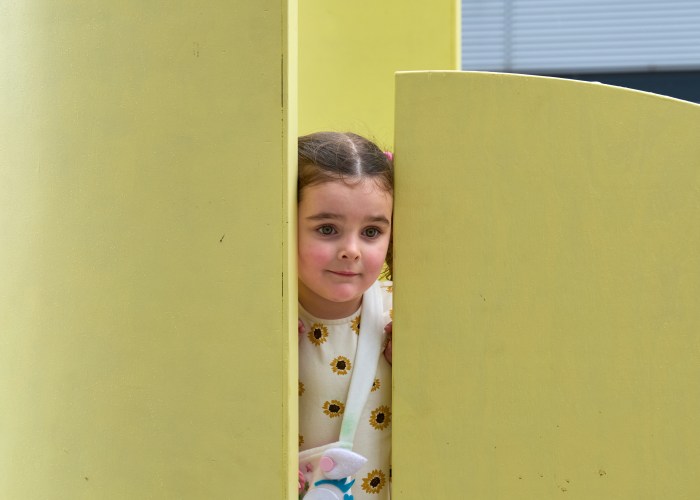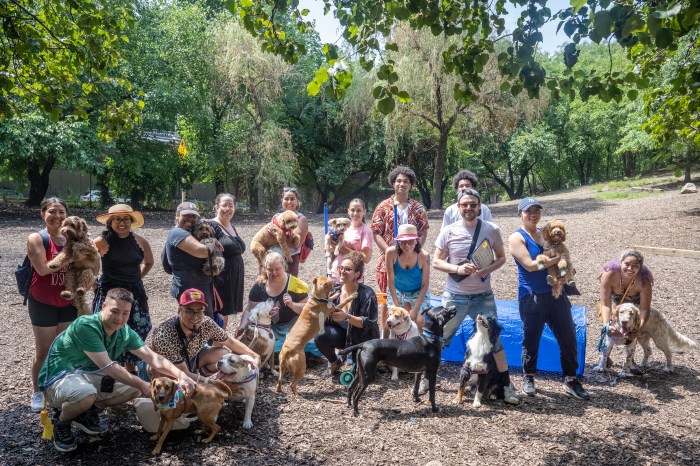It’s like trying to negotiate peace in the Middle East without Israel at the table.
The Community Board 2 Transportation Committee this week held a panel discussion titled “Sharing the Road, Sharing the Responsibility,” in which representatives from the Automobile Association of America (AAA) and Transportation Alternatives (TA) were invited to take part.
AAA was not able to send a representative but TA did send one, according to CB2 District Manager Robert Perris.
Also on the panel were representatives from the city’s Department of Transportation (DOT) to talk about design and regulations of the streets, and the NYPD to talk about enforcement.
“The transportationcommittee has noticed that pretty much every type of user does things in the street that are unsafe,” said Perris. “They’re looking to learn from a dialogue what all parties might be doing better so city streets serve everyone.”
The CB2 Transportation Committee observed that drivers, pedestrians and cyclists all participate in unsafe and/or illegal behavior.
For instance, motorists and vehicles are guilty of running red lights, not slowing down when making turns, incessant honking, speeding, blocking the box, illegal stopping and loading of passengers by dollar vans and illegal parking in crosswalks and bus stops.
Cyclists often fail to stop at red lights or stop signs, go the wrong way on a one-way street, cycle on sidewalks, fail to yield to pedestrians and verbally abuse pedestrians “in the way.”
Behavior by cyclists on the Brooklyn Bridge is particularly aggressive and dangerous, the committee found.
Pedestrians are often guilty of jaywalking and inattention (due to cell phone or iPod use), standing in bike lanes and not crossing at corners.
While AAA did not a representative at the meeting, this paper did reach out to Karen Blackburn, traffic safety specialist for AAA.
“Our goal is to get everyone to share the road safely. It’s not just the driver’s responsibility, not just the cyclist’s responsibility and not just the pedestrian’s responsibility,” said Blackburn.
“Each of those — the driver the cyclist and the pedestrian — needs to be aware there are those that don’t follow the general rules of safety, and no matter how much education is out there, there are still people who won’t do things in a safe manner,” she added.
Wiley Norvell, communications director of TA, whose organization promotes bicycling, walking and public transit, said responsibility on the road exists in proportion to the possible harm that can be done.
“The bigger and more faster you are the more responsibility you have. The 18-wheeler is different than the Honda Civic just like the bicyclist has more responsibility than the pedestrian,” said Norvell.
“Definitely everyone has a role to play in sharing the street, but there’s no question that dangerous driving in order of magnitude is the most dangerous thing on the road,” he added.






















